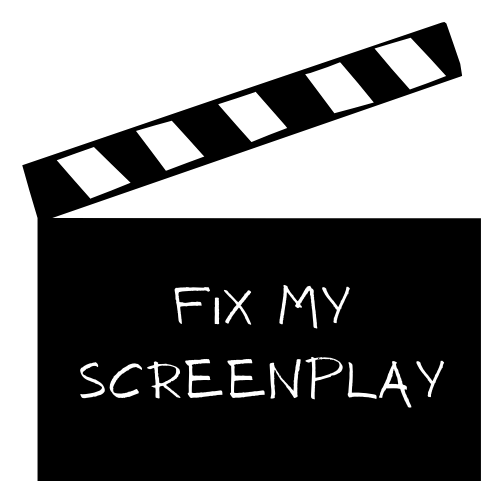Beginner's Guide to Screenwriting (Free Subscription)

In this newsletter, Extreme Screenwriting Fall Special, Beginner's Guide to Screenwriting (Article), Dialogue Subtext Examples (Article), Identifying Genre (Article), Overwritten Dialogue (Article), Pitching 101 (Article).
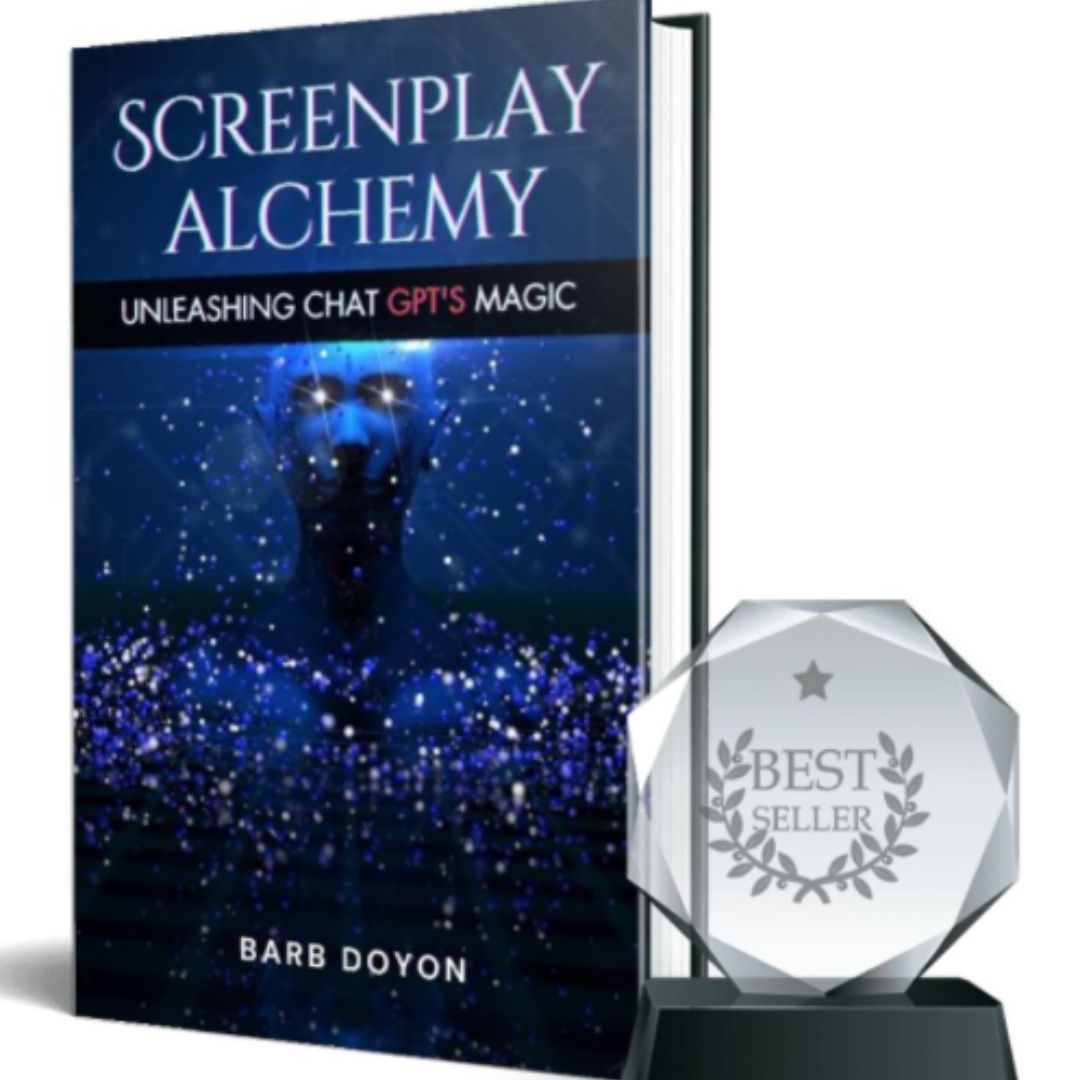
EXTREME SCREENWRITING FALL SPECIAL
Purchase a Standard Review and get a Free Copy of the Screenplay Alchemy e-Book and Instructional Videos, a $29 value. Offer valid through 10/31/23.
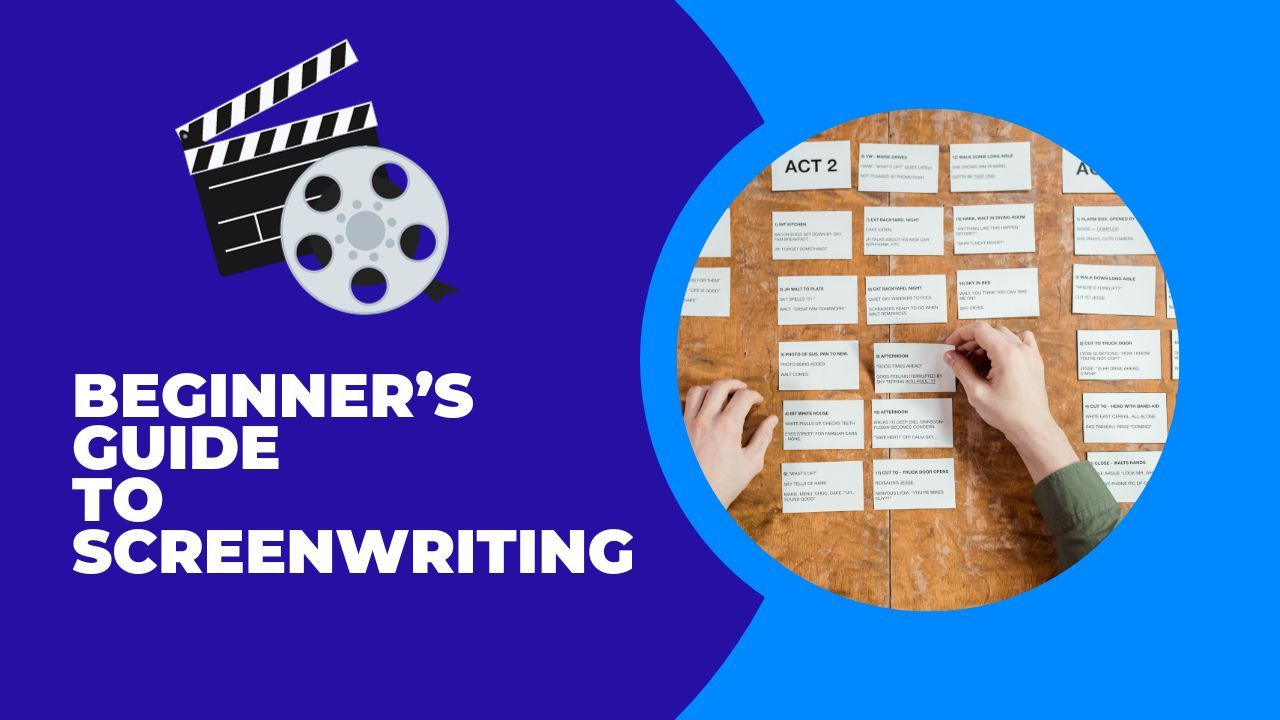
If you've ever dreamed of seeing your novel, poem, short story or idea in a movie theater, but don't know where to start, welcome to the Beginner's Guide to Screenwriting. Movies are filmed from screenplays, which are visually written in a way that translates to a story told exclusively through what is seen and heard by a movie camera. This type or writing is called screenwriting. It's a highly specialized skill-set that requires writing in a present tense and active voice.
It also requires the writer to adhere to the rules of specific genres to assure the audience a visual experience that satisfies their expectations. However, before we dive deep, let's...
START WITH AN IDEA
All stories begin with a core concept or idea. In screenwriting, it's important to externalize the idea rather than internalizing it. For example, instead of writing a story about internal feelings, write a story about an event that evokes internal feelings. Remember, we can't get inside the character's head. We can only experience what is seen and heard by the camera.
Secondly, what is the story's message (theme)? A compelling theme can help the writer flesh out the story and bring it into focus. The writer doesn't have to have the story fleshed out yet, but it's important to understand the dynamics of writing a screenplay.
Is the idea commercial enough to sell as a motion picture? This simply means the following: 1) Does it have a wide audience of millions of people? 2) Does it have a unique twist we haven't seen before?
DEVELOP YOUR CHARACTERS
The main characters drive the story. The protagonist is the main character around whom the story revolves. However, it's the antagonist's plan that drives the hero to change. If the antagonist takes no action, the hero will remain in his safe space.
For a motion picture screenplays, I'd advise the beginning writer to flesh out the protagonist and the antagonist. A movie is only as good as its antagonist is strong. In fact, the antagonist should appear to be stronger, emotionally and/or physically, than the hero. The audience should doubt the hero can defeat this nemesis. This creates suspense and a film-worthy story.
The hero's arc (change) in a movie MUST be forced. He can't decide to change. The external event, driven by the antagonist, pushes the hero toward an inevitable change. For example, a recluse has to leave his apartment when the landlord sells the building for demolition. The hero doesn't want to deal with the challenge (reluctant hero), he has to deal with!
OUTLINE YOUR STORY
A motion picture screenplay requires logistic planning similar to an architect's blueprint. Like the blueprint for a house, the screenplay is merely a vision for the completed design. Like a blueprint, we have to put things in their proper place or the new owner (audience) won't accept the final outcome. Imagine receiving blueprints for your dream home where the only bathroom is in the basement, the bedrooms are on the back porch, the kitchen is in the attic and the main floor's filled with screened-in windows!
The acceptable 'blueprint' for motion picture production is the Three Act Structure. It's pretty simple. Act I is the setup. Act II is the confrontation. Act III is the resolution.
In addition, be sure to keep these tips in mind:
1) The first ten pages should set the tone, mood and atmosphere, and should establish the genre.
2) Introduce the hero in the first 10-15 pages. Give us a brief description, and add a personality trait that tells the actor how to portray the role. For example: SALLY (20s), in stiletto heels and a blood-red dress, struts in like a she-bitch in heat.
3) Try to establish the hero's flaw (internal conflict) when the hero's introduced or as soon as possible in Act I. Is he a drunk, a deadbeat dad, cheating on a spouse, a thief, a loner, grieving widow, a shy student, etc. Show us in a scene, don't tell us.
4) After establishing the hero's flaw, create an inciting incident that propels the story into motion. In Night at the Museum, we meet a dead-beat dad (internal flaw), who can't keep a job, and he ends up in a museum where everything comes alive at night (external conflict). End Act I with a spin = Plot Point I.
5) Focus every scene in Act II on pushing the hero toward change. Even scenes the hero isn't in should contribute to his change. For example, we can watch a bomber plant a device. The hero isn't in the scene, but we know the hero will eventually have to deal with the ticking bomb.
6) The hero should change BEFORE he's strong enough, emotionally or physically, to defeat the nemesis. This should happen around Plot Point II.
7) Make Act III shorter and faster to give a sense that the story's wrapping up. No explanations! Screenplays aren't meant to end with exposition, that's network TV! Go for the visuals. Less is more. And, the most powerful moments in movie history revolve around visuals.
8) End with a twist. Some genres don't require a twist ending, but I highly recommend adding a twist. It'll give the material a fresh appeal.
9) Each Act should stand alone, if not then the writer hasn't provided a strong enough spin at the end of each Act.
Extra Note: Pros don't write from inspiration, and they're meticulous when it comes to outlining. Some often spend more time outlining than writing because getting the blueprint just right is crucial to a sale!
VISUAL STORYTELLING
Screenplays are written in a visual language that's very different from novels or what we've been taught to write in high school. Instead of writing paragraphs with a complete subject, in screenplays, the story's broken up into SHOTS, literally making each new line a new shot of the camera's movement. This requires the writer be able to visualize the movement within the story's overall structure, as well as in individual scenes.
Unlike paragraphs, a scene doesn't require a beginning, middle or an ending. A screenwriter can jump into the middle of a scene, show a quick moment, then get out!
Screenplay visualizations require an active voice. Words like 'is', 'are' and words ending in 'ing' are rarely used. This puts the reader into the story in real-time/present tense. Instead of writing Sally is running, write Sally runs!
Show, don't tell. This rule applies to novels and screenplays, but there's still a tendency in scripts to want to 'explain' things. Instead of telling us Tom looks sad, show him looking at an old photograph with tears in his eyes.
SCREENPLAY FORMAT
Amateurs gloss over format or just toss it in to try make their work pass for a screenplay. Pros master screenplay format and use it to enhance the story, to create emotion, pacing, transitions, and heighten the genre's climax. A screenwriter who's mastered format stands out in the slush pile, and they're writers that producers are happy to work with because the producer knows they take the business of screenwriting seriously.
There are too many format rules to cover in this brief article. To master screenwriting, check out my Screenplay Format book on Amazon. It contains all the current rules/regs for the industry.
GENRE RULES
Knowing the rules for the genre of your choice goes beyond understanding basic screenwriting, and delves into a deeper understanding of the audience's expectations. It's vital to learn these rules if the screenwriter wants to appeal to producers, who buy screenplays based on specific genres.
Like screenplay format, there are too many rules/regs to cover in this short article. I recommend my Screenplay Alchemy Book (plus videos) on ChatGPT. It covers the rules for every genre, and comes with the bonus of learning to teach artificial intelligence to analyze your work and help improve it.
KEEP DIALOGUE NATURAL
Dialogue can make or break the best story. Keep dialogue authentic and concise, but without cliches. Avoid long monologues or explanations. Keep dialogue short and pithy - no more than 3-4 lines. Break up longer dialogue with action.
Try to replace dialogue with visuals. Visuals are more powerful in film and more memorable. The dialogue should be secondary at a ratio of 60% action/description and 40% dialogue. If there's more dialogue than action/description in your screenplay then it's not visual enough to become a motion picture.
Here's the rule producers use - a producer should be able to remove all the dialogue in a screenplay and still know what it's about. If they can't, then it's not a movie!
Every dialogue line should move the story forward, provide conflict and keep the audience guessing. If the dialogue is just informative, then it's too explanatory for motion picture. Try to put the information into visual form.
REVISE, REVISE, & POLISH
The first draft won't be perfect. The second draft won't be perfect, but eventually, after rewriting, you'll get there. Screenwriting is a process. Getting feedback helps the writer identify and fix problematic areas in a screenplay before proceeding to market.
USE FINAL DRAFT
98% of the entertainment industry uses Final Draft. It's a screenwriting software that helps make the screenwriter's life easier by providing the standard screenplay template (plus pilot templates, etc.). After finalizing the screenplay, the screenwriter can easily export the script into a PDF, which is the preferred type of document for on-line submissions to producers.
KEEP AT IT
Write every day! Get up an hour early or go to bed an hour later! Make it a priority every day. Try to write 5 pages a day. That equals 150 pages in a month. The average screenplay is 90-120 pages. Even with edits, the writer can get a large chunk of a screenplay finished in a shorter period of time by committing to a daily writing schedule.
Screenwriting is an on-going journey of self-discovery. Embrace the process and learn a new skill set that can help bring your idea to the big screen.
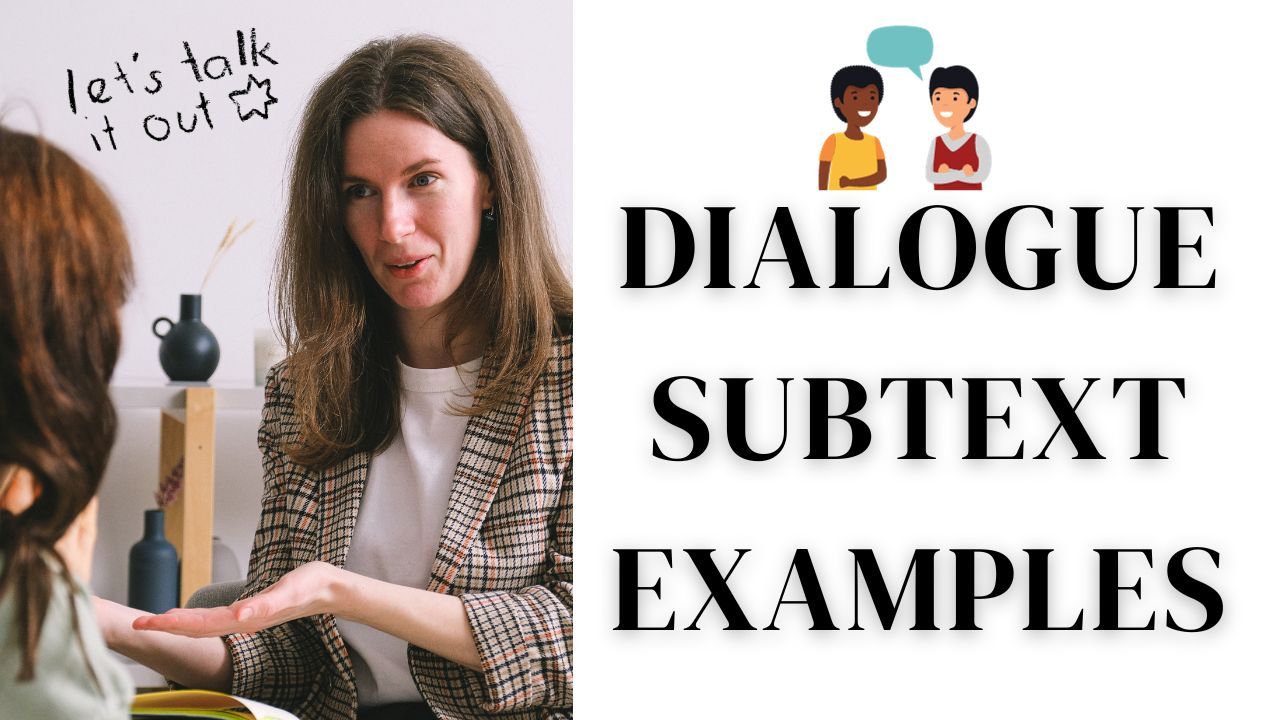
Dialogue moves a motion picture screenplay forward, and it should drive the plot. While at the same time, dialogue should suggest unspoken feelings, intentions or conflict. These 'unspoken' words have underlying meaning referred to as subtext.
Here are a few examples of dialogue subtext in a screenplay and what each type of subtext means:
EXAMPLE #1
INT. CORPORATE BOARDROOM - DAY
EXECUTIVES discuss the new, incoming CEO.
JOHN I've always admired how Michael handles pressures. Don't you agree, Lisa?
LISA Oh, absolutely. Just as much as I respect your knack for timely observations, John.
This is subtext with a hidden agenda. Both characters are jockeying for a higher position in the company. John's comment seems like a simple observation, but it appears he may be trying to sway opinions toward Michael. Lisa's response, while it seems to be in agreement with John, hints at her awareness of John's tactics.
EXAMPLE #2
EXT. BEACH - EVENING
Two friends, SARAH and ALEX, watch the sunset.
SARAH Remember when we used to watch sunsets like this back in college?
ALEX Some things never change.
This is nostalgic subtext because it hints at unresolved feelings from their college days. Alex's response, while cliche, indicates that while time has passed, certain emotions or memories remain as potent as ever.
EXAMPLE #3
INT. DANIEL'S HOUSE - EVENING
DANIEL eats dinner with his MOTHER and FATHER.
MOTHER Daniel, how was school today?
DANIEL Just another regular day, Mom.
This seems like a normal conversation, but what if Daniel got expelled from school? Then the dialogue becomes Denial or Deflection Subtext. Daniel's avoiding the topic of his expulsion either due to shame, fear of confrontation, or he's hoping to delay the fallout.
EXAMPLE #4
INT. DARK ROOM - NIGHT
A Crime Boss, Mr. V, and his right-hand man, RICO speak in a dimly lit room.
MR. V I heard Tommy's back in town.
RICO Would you like me to send him a welcome gift?
On the surface, it sounds normal, but the subtext is about asserting dominance and threats. The 'welcome gift' is likely some form of intimidation or harm. The dialogue showcases the power dynamics and unspoken rules of their criminal world.
EXAMPLE #5
INT. SOLDIER BARRACKS - NIGHT
A soldier, JAKE, stares up at the ceiling from his cot. Next to him lies RYAN, a fellow soldier.
JAKE You ever think about what's waiting for us back home, Ryan?
RYAN Every day. But first, we've got a job to finish.
This subtext reflects internal conflict. Jake's question reveals his longing for home and perhaps doubts or fears about an upcoming battle. Ryan's answer acknowledges the same desires but emphasizes duty, indicating he's trying to stay focused on the mission despite his personal feelings.
Dialogue subtext can be a few droplets of lingo sprinkled into a scene. These droplets form an emotional bond between the characters and the audience. It what makes the audience feel like they're participating in the story, rather than just watching a movie.
Next time you watch a movie, notice the subtext in the dialogue. A good movie has it in every scene!

Identifying the genre of a story is essential for the writer and the producer. The genre dictates tone, character archetypes, plot structure, timing, pacing and much more. Here are example of how to identify your story's genre:
To read this article, please subscribe below to the weekly Fix My Screenplay Newsletter for $8 a month or save 20% with a yearly subscription....

Let's look at a scene with overwritten dialogue, then look at it revised:
INT. CLASSICAL PARISIAN CAFE - DAY
The cafe boasts ornate, gilded decorations and art nouveau motifs. The ambiance is filled with a soft jazz melody, and the smell of fresh pastries wafts through the air...
To continue to read this article, please subscribe to the weekly newsletter below....
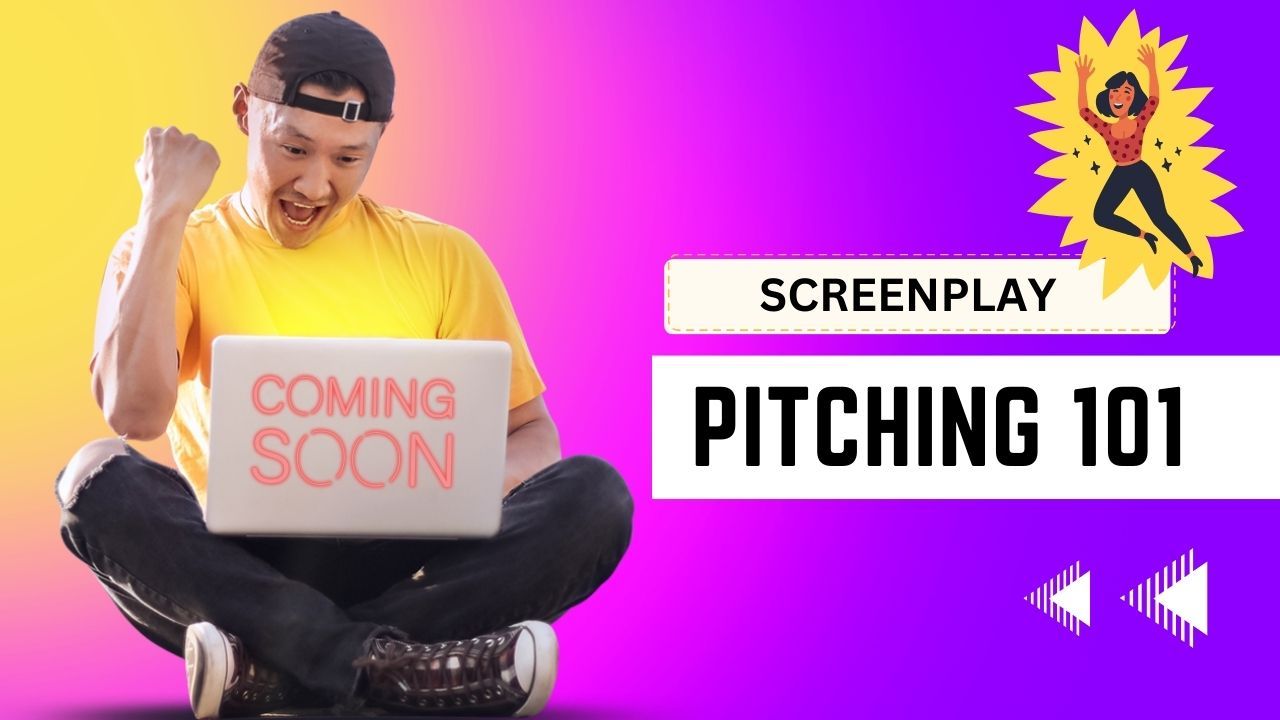
The biggest mistake aspiring screenwriters make when it comes to pitching is having only one pitch for their screenplay. It's time to learn how to tailor a pitch to different types of producers in what I call PITCHING 101.
To read this article, please subscribe to the weekly newsletter by clicking the button below:
